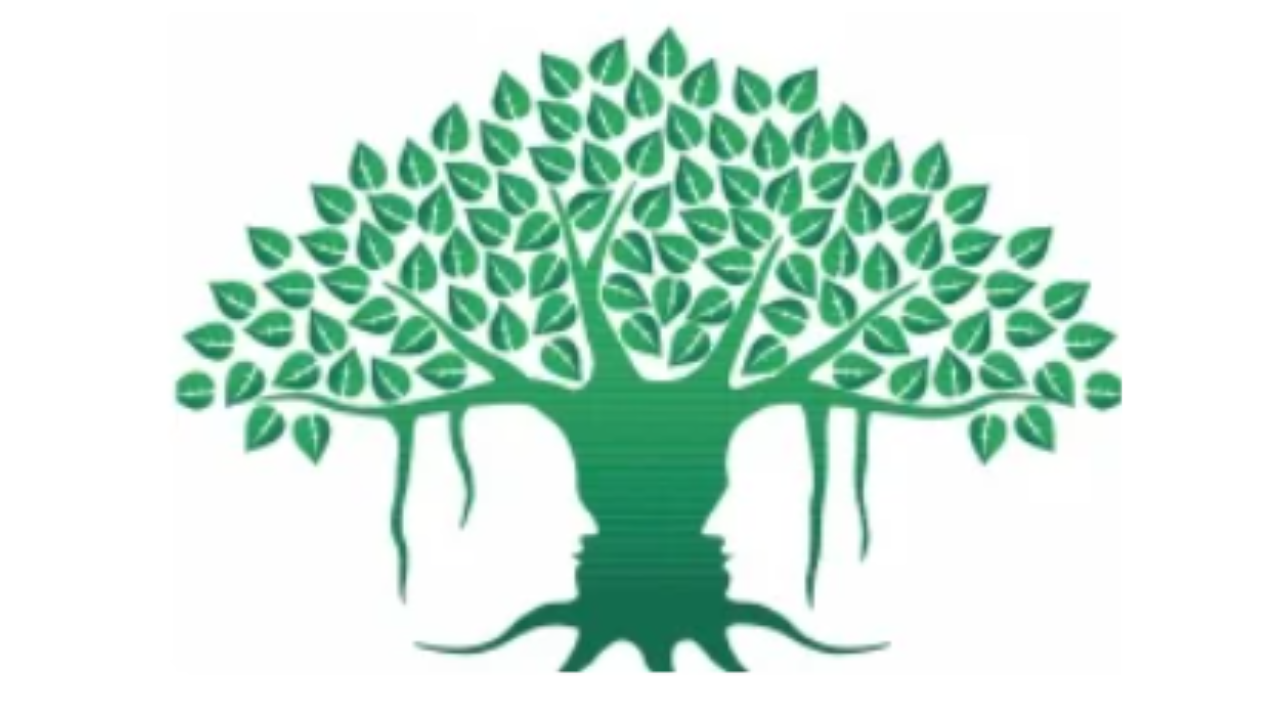Our Terms & Conditions | Our Privacy Policy
Harmony in diversity: Symphony of tolerance
Anuraag Sharma
During the 1930s in Australia, writers and social thinkers had launched a movement called Jindyworobak. The word was derived from the Woiwurrung language, formerly spoken in and around the present Melbourne and meant ‘to join’ to ‘annex’ and to ‘assimilate’. Australian society, then and even today, to a great extent has been divided into white Australians and native Aborigines.
And the colonial history, as with other countries, was written in blood, exploitation and atrocities inflicted upon the native Australians by the invaders who had come to settle in the new-found land. It was in order to counter the legacy of the Whites’ oppression and preying on the natives that writers like Rex Ingamells, Nancy Cato and so many others kicked off the movement, which for more than a couple of decades caught the imagination of writers and poets.
However, in mid ’60s of the last century, it was duly replaced with the notion of convergence by writers like Judith Wright and Les Murray who rightly thought that while assimilation conveys a sense of annexing with one party making all the adjustments and the other makes one, convergence amounts to the practicable notion of coexistence and shared experience of socio-cultural development, not unwedded with the idea of equality.

Applying this very notion of convergence to the current socio-cultural and political scenario of India, well, what though our history and ancient culture have always upheld and practised similar ideals and have so avowedly believed in our country being an example of Unity in Diversity, what we currently seem to need is not only unity in diversity but harmony in diversity as well.
It sounds quite paradoxical and even ironical that while we talk of globalisation and seem to move toward the ideal of Global Village carrying the grand notion of Vasudhaiva Kutumbakam, the whole world is a family, we, nevertheless, are encountered by the Frankenstein of polarisation at various levels of socio-religious life.
So much so that such defining hallmarks of our great civilisation have become meaningless cliché and boring clutches of our political jargon. And therefore, it is harmony which is more relevant than unity and the foremost demand of the hour, for there cannot be any unity without harmony. Harmony requires a constant and candid sense of caring and sharing, a need for cushions, for tolerance, for a padding of unnecessary and unbased heartburns and biases.
What we call respecting others and others’ way of life and thinking is simply the outward gesture of the inner call for caring. It is not just adjustment or surrender, but a mutual celebration of being in the weness for the parts make a whole and the whole is always holy. T
he Vedic mantra, ‘Sangachhadhvam, samvadhvam sarvo manasi janatam … ,’ is the summum bonum we collectively should realise and strive for, if India truly intends to be the Vishvaguru .
Facebook
Twitter
Linkedin
Email
Disclaimer
Views expressed above are the author’s own.
END OF ARTICLE
Images are for reference only.Images and contents gathered automatic from google or 3rd party sources.All rights on the images and contents are with their legal original owners.



Comments are closed.